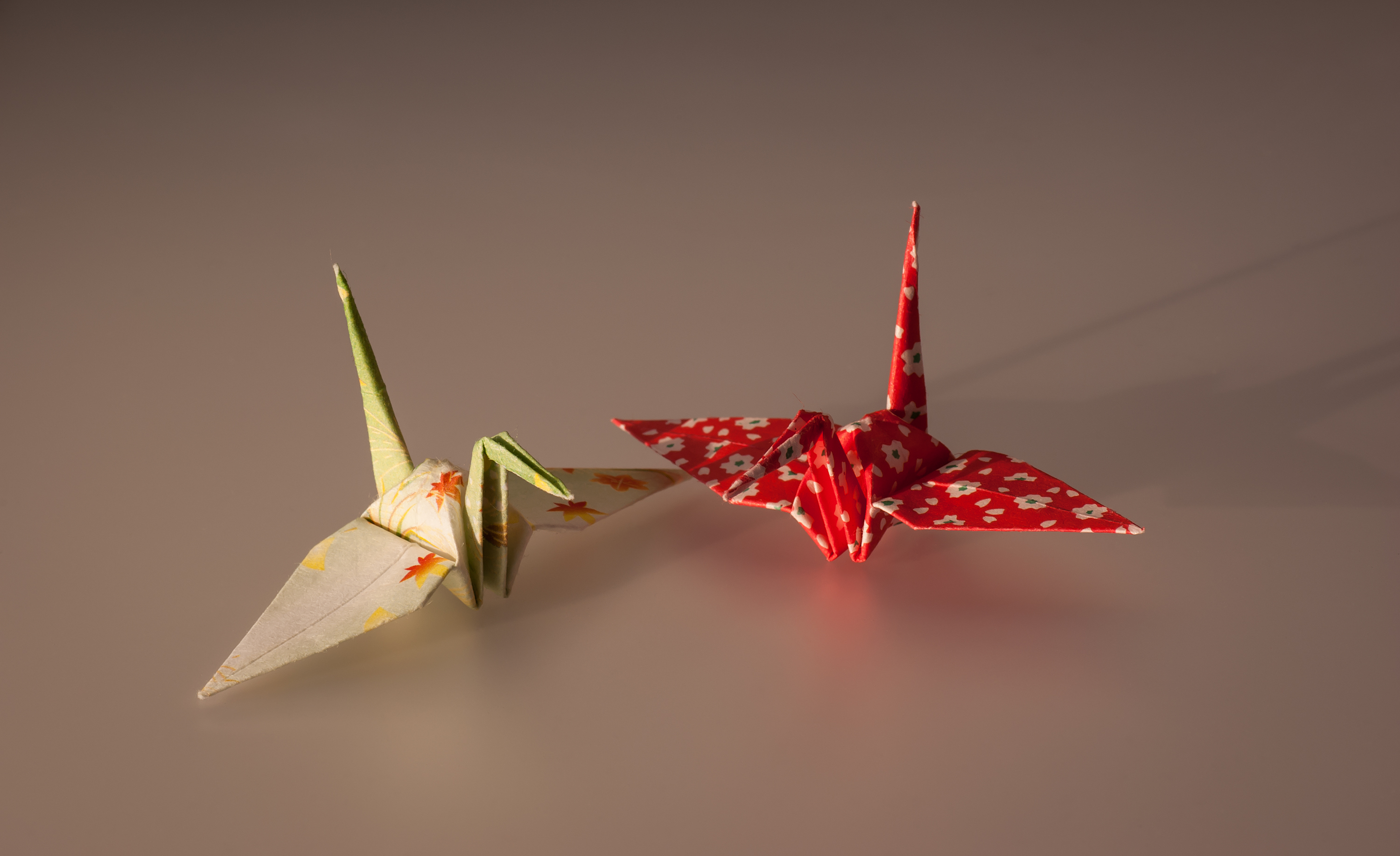|
Origami Paper
Origami paper is used to fold ''origami'', the art of paper folding. The only real requirement of the folding medium is that it must be able to hold a crease, but should ideally also be thinner than regular paper for convenience when multiple folds over the same small paper area are required (e.g. such as would be the case if creating an origami bird's "legs", "feet", and "beak"). Kami Kami, or koiy paper, is the cheapest paper made specifically for origami, and the most widely available. It was developed for use in schools. The word ''kami'' is simply Japanese for ''paper'', but it has acquired this specific meaning. Kami is thin and easy to fold. It is usually printed only on one side, with a solid color or pattern. These patterns can be as simple as a gradation from red to blue, or as complex as a multi-colored kimono pattern of flowers and cranes with gold foil embellishments. Kami comes in several sizes, but standard sizes include 75 × 75 mm (about 3 × ... [...More Info...] [...Related Items...] OR: [Wikipedia] [Google] [Baidu] |
Orizuru
The ''orizuru'' (折鶴 ''ori-'' "folded," ''tsuru'' "crane"), or paper crane, is a design that is considered to be the most classic of all Japanese origami.Jccc Origami Crane Project – Materials For Teachers & Students. MEANING OF THE ORIGAMI CRANE (n.d.): n. pag. Web. 16 Feb. 2017. In Japanese culture, it is believed that its wings carry souls up to paradise, and it is a representation of the Japanese red-crowned crane, referred to as the "Honourable Lord Crane" in Japanese culture. It is often used as a ceremonial wrapper or restaurant table decoration. A thousand orizuru strung together is called ''senbazuru'' (千羽鶴), meaning "thousand cranes", and it is said that if someone folds a thousand cranes, they are granted one wish."Senbazuru." Senbazuru , TraditionsCustoms.com. N.p., n.d. Web. 16 Feb. 2017. The significance of ''senbazuru'' is featured in '' Sadako and the Thousand Paper Cranes'', a classic story based on the life of Sadako Sasaki, a ''hibakusha'' gi ... [...More Info...] [...Related Items...] OR: [Wikipedia] [Google] [Baidu] |

